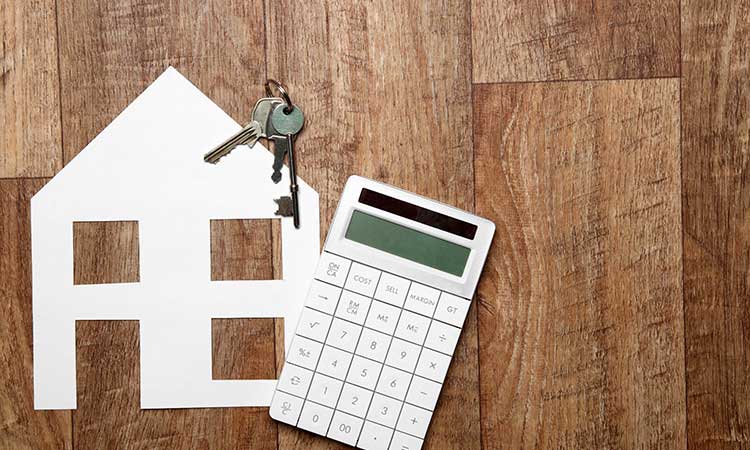Did you know you could gain cash from your home? No, you don’t have to sell it or rent it out. All you need to do is to file for an equity release from your home. While this could be a little risky, it is one of the easiest ways to release money from your home.
Related Topics (Sponsored Ads):
Do you want to know how much equity you can release from your home?
An equity calculator computes your age and the property’s value to calculate how much you can get from it.
Many people use equity release as a way of getting money out of their biggest assets.
A recent study shows that over $2 billion was released in 2018.
This shows how much money many UK senior citizens have in their homes that they do not even know about.

What is equity release?
In a nutshell, equity release is a way to unlock the value of your property and turn it into a cash lump sum.
You can do this via several policies that let you access – or ‘release’ – the equity (cash) tied up in your home if you’re 55+.
You don’t need to have fully paid off your mortgage to do this.
As a rule, you can take the money you release in one lump sum, in several smaller amounts on which you’ll pay interest, or as a combination of both.
However, you should consider this well as it could leave your family with a huge debt to pay when you’re dead.
Types of Equity Release
There are two types of equity release:
1. Lifetime Mortgage
This is the most popular and for those aged 55+.
Here you borrow some of your home’s value at a fixed or capped interest rate (see below for more).
With old-style lump-sum lifetime mortgages, you don’t make repayments,
so the interest compounds rapidly as the amount you owe increases all the time – in contrast to a standard mortgage.
Some ‘drawdown’ versions do allow you to pay back the interest (some even allow you to pay back some of the capital)
so you can reduce the overall cost.
With this type, you can take money out of your property a bit at a time up to an agreed amount – with interest charged on the amount
you take, rather than the whole amount available.
2. Home Reversion Plan
You need to be aged 65+.
Here a provider pays you a tax-free lump sum for a portion of your home at below market value.
You can then live in the property (rent-free) until you die. When it’s sold, the proceeds are split based on the percentage you own, and the lender owns.
So if your property value rises significantly, so does the amount it gets.
For example,
if you sell a 40% share in a £200,000 property in return for a lump sum of £40,000,
this cash you receive is at a massive discount to the £80,000 this share is worth (at current market prices) – mainly because the provider will have to wait many years to get its money back.
Years later, when you die, if your home is eventually sold for £300,000, the provider would then be entitled to £120,000 – 40% of the proceeds.
You should know that these payments could be a risk
as they have considerably higher rates compared to mortgage loans, and they could lead to loss of state entitlements.
However, it is one of the best ways to raise some cash and enjoy your old age.
Related Topics (Sponsored Ads):





